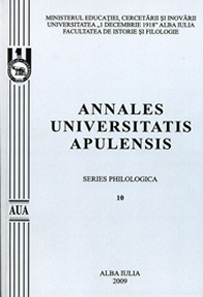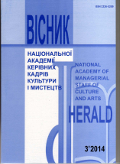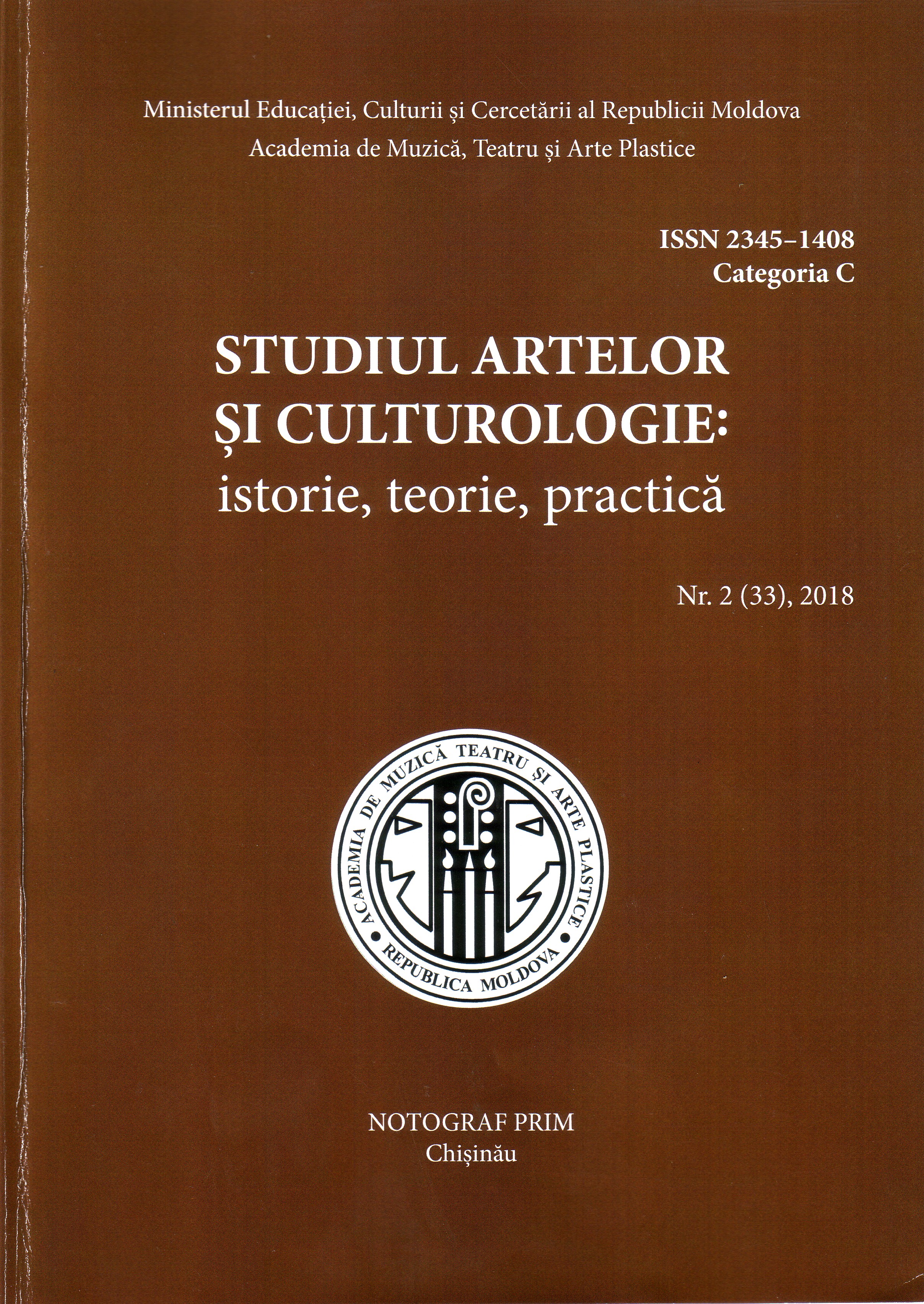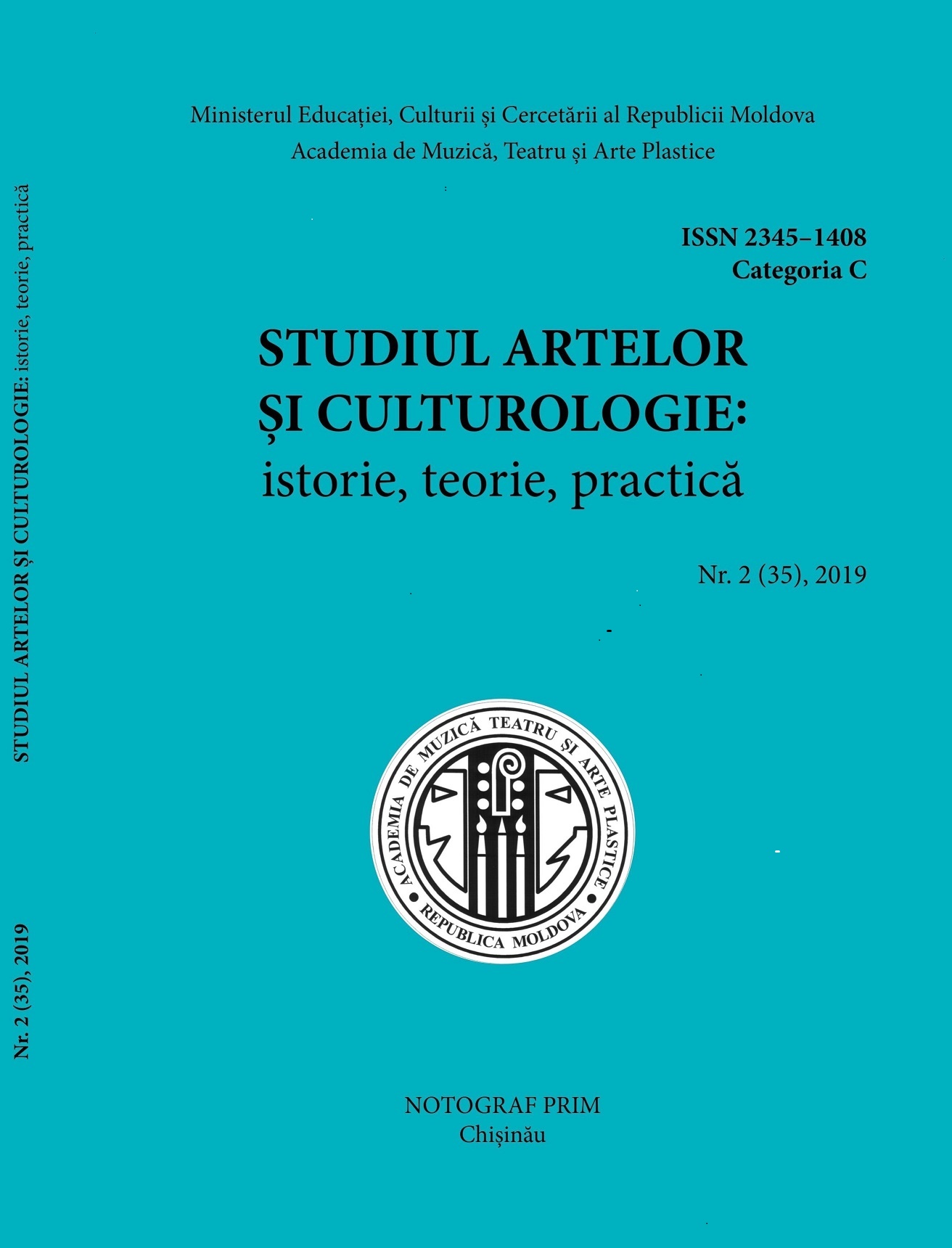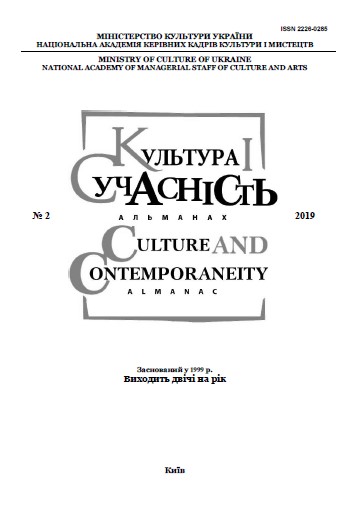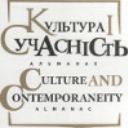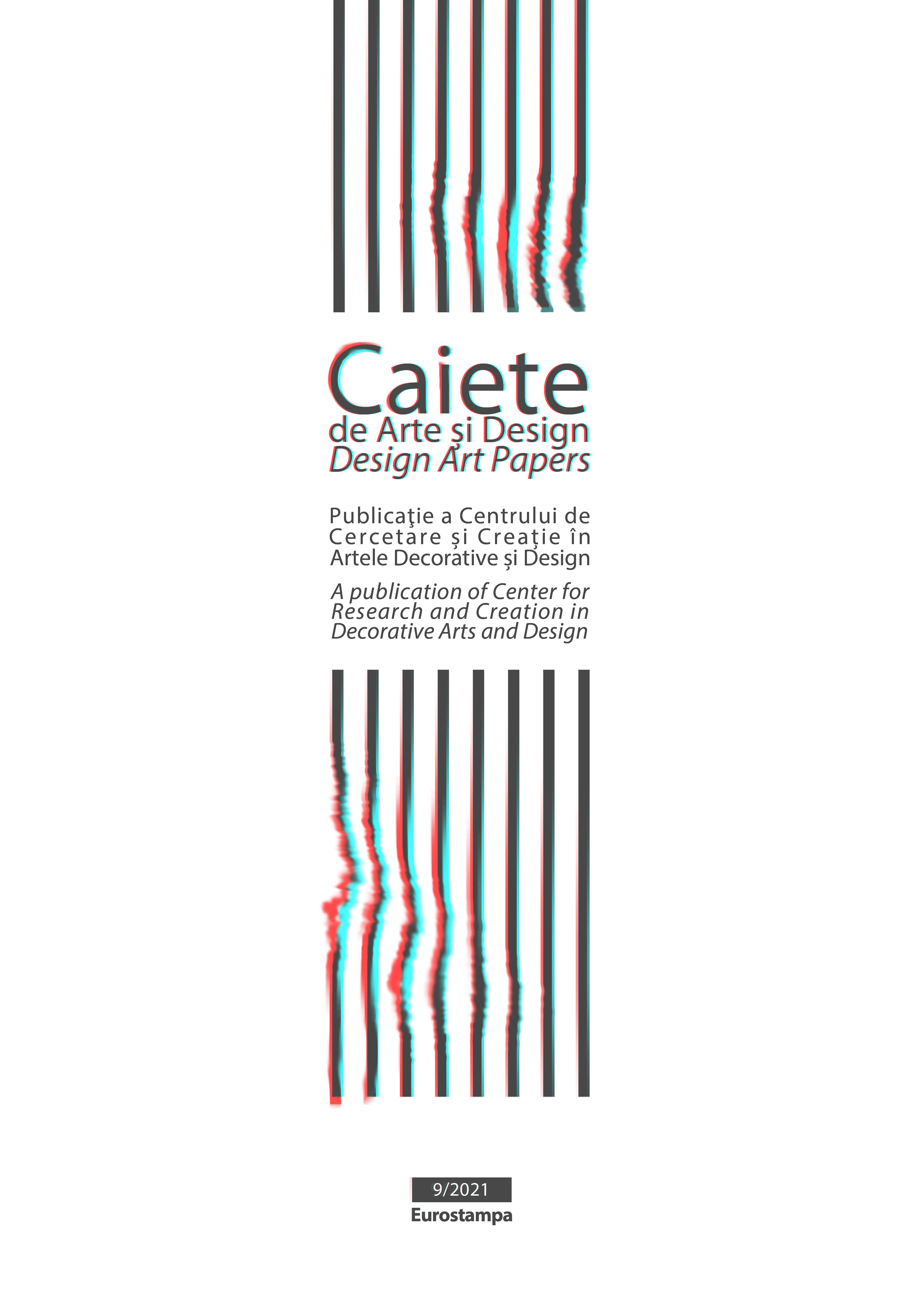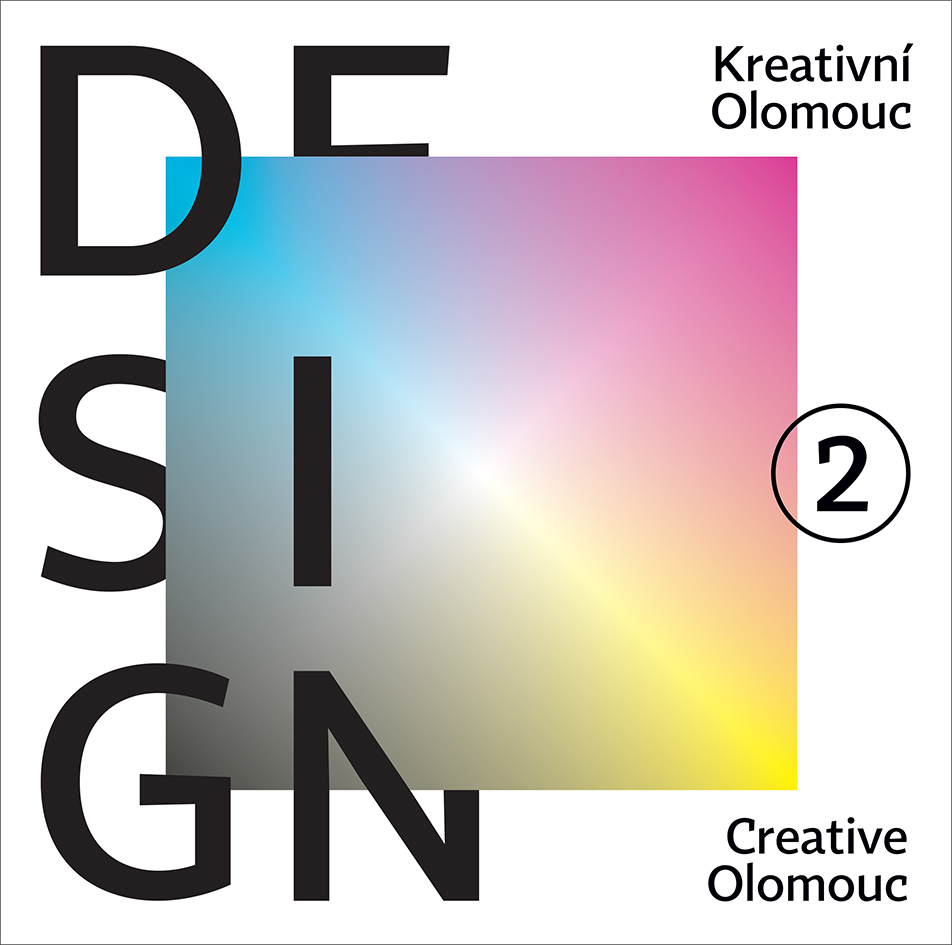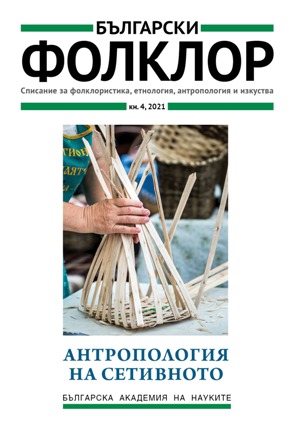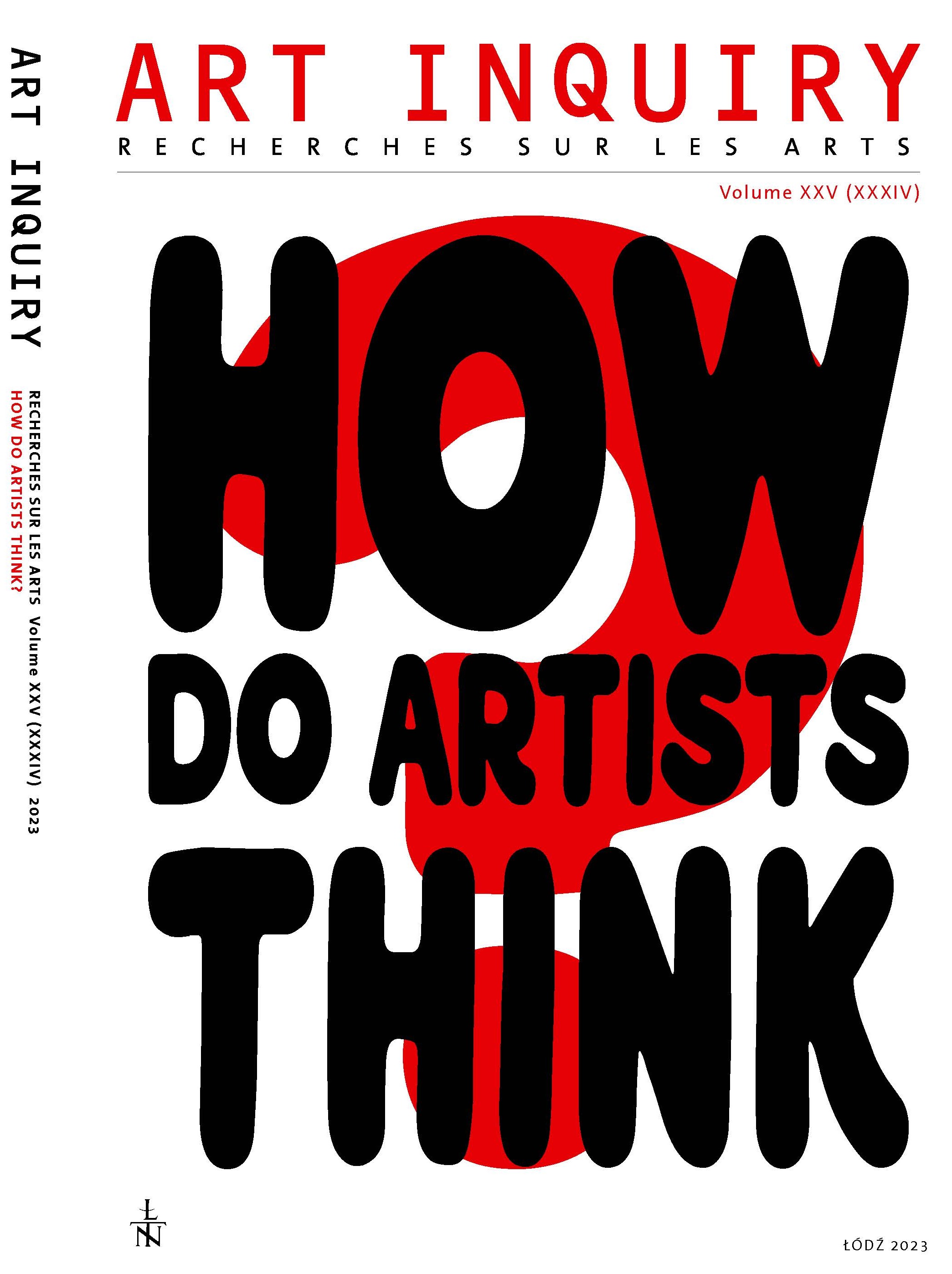Проблема систематизації та оптимізації освітніх процесів зі спеціальності "Дизайн"
Author(s): Vladimir Syomkin / Language(s): Ukrainian
/ Issue: 1/2015
Keywords: design; professional features; classification; optimization; education;
Through systematization of educational processes in the specialty "Design" to update professional design features of reasonable and emphasized that the Master is to assimilate the entire spectrum of basic knowledge and skills and, therefore, to implement all the features that characterize the design. Underline and justified differentiation problems and their content, taking into account the respective functions of design, depending on the level of educational qualification, profession and specialization in dyzayu. Grounded a special place propaedeutic function as a base, especially in the context of design education. Modified and reasonably content all the features of the design: Esperanto; project design; prototyping; design programming; research; design marketing; patentuvalnu design; organization; training; regulatory control. As a result, identified and justified professional features in design based on organizing and optimizing educational processes in "Design". The problem of education in design related with justification specialties and specializations, as well as the definition and justification features of the design in the context of and improve the content and structure of educational processes and, accordingly, curricula for design professions, the issues considered in some publications, including copyright, as well as in the GDR. The purpose of this article is a ground-based organizing and optimizing educational processes in the specialty "Design" features professional design work. For professional functions inherent understanding of design activity could be argued that the fourth level, ie master shall, at his training, to learn the entire spectrum of basic knowledge and skills and, accordingly, professionally implement all the features that characterize the design as a specific activity, aesthetic and representational basically aimed at forming a perfect subject and the environment in a person's name, its benefit based on understanding and awareness of socio-cultural and economic needs of society and the environmental problems of the environment. Isolate separate professional function design activity – Esperanto, which has a special place as a base (especially in the context of design education) and inherent almost in full for professionals at Bachelor and Master of consideration of training and specialty or specialization in Design . Given this, select the basic functions of design that characterized the level of knowledge and skills professionally trained in design at the Masters – namely propaedeutical, project design, layout, design, programming, research, design and marketing, design patentuvalna , organizational, educational and regulatory control. A special place in basic training courses (propaedeutic function) takes discipline "Ergonomics" as part of the scientific knowledge and skills about the relationship of man and any technical means. Ergonomics studies anthropometric, biochemical, physiological and psychological aspects of human interaction with the subject of the environment and human life. Within propaedeutic features important to provide fundamental knowledge of art history, architecture, ornament and design. Today the obvious need for optimization propaedeutic function in Design in high school. All functions form a propaedeutic discipline in students artistic, creative thinking, emotional and aesthetic relationship to reality; perception of the subject environment through compositional and plastic prism in volume, and morphological kolorohrafichnomu decision. The "design project" Formation of this function is based on the main goal of the design or creation of design objects that meet modern social and cultural needs of man. The study design include consideration of various aspects of the design. However, their specificity is not the means involved for this, and how they fit with the project approach. Through this combination of research is project and design – research. Methodically research project is intended to streamline the cognitive activity of the designer, direct it into the mainstream of development and implementation of the project plan, filling it with concrete. Design research as a structural element and meaningful design process vzayepov'yazani seamlessly with its other two procedures – the actual design, as well as criticism and evaluation. The specific feature of the study is that it expresses the cognitive relation to the object: if the object becomes the actual design, the research he studied. Occupying a position of researcher, designer, of course, should not forget the main goal of the design – object transformation under the new social and cultural problems, time and human needs. The main function of design research is to design object modeling to identify its comprehensive relations with the socio-cultural environment and man. The peculiarity of design and research models is that they serve as a means of knowledge of the object and its image project. It should be emphasized that the first typical task for the "Design-project" have a problem "pre-analysis of the situation" in which is reflected the research aspects, ie the design of the study. At the initial stage of the project process designer must continue to make the most complete picture of the object of design development. It is necessary to reconstruct the various aspects of the initial situation at any stage of the design process on the object is projected, due, primarily, analysis analogues and prototypes. Thus, a typical first task that function "design project" is "pre-analysis of the situation", which reflects the research aspects of this function. Further typical tasks function "design project" will be formulated directly in the development of educational and job description in the specialties "Design". They should reflect the typical tasks that reveal all the specifics, it is in the process of project design activities. Another function that logically complements function "design project" can determine the function of "Prototyping". Design tasks to solve using layout designer can be summarized in three groups: heuristic, clarifying organizational and methodical. According to the basic functions of models are divided into search, honing and demonstration. This rough division, any layout depending on conditions can perform different functions. Demonstration layout – the primary object of other design materials that can be emphasized in volume and color of the winning party design project. Designer seeks to reveal the layout perspective of consumer properties of products which do not always fit into the design and technological standards. Typical tasks that correspond to the "layout" develop the whole process of modeling, taking into account the varieties of models: search, honing and demonstration. The "research" This function includes a problem that mainly reflect the process of research in the field of design problems is, that independent research work that the structure is typical composition relatively similar research in other areas. Research in the field of design issues as an independent research work reflects the perspective of theory, methodology, techniques and design history, and educational issues in design. A significant trend is the generalization of such studies on the practice of design activity, given the market situation and socio-cultural characteristics of the region, state; typology facilities habitat, species customers more. The "Design-marketing" The globalization of the world market, increasing competition in both the domestic and especially foreign markets exacerbated the problem of finding the one hand its gaps, such as in the commodity market, on the other – the problem of providing quality and competitive products and services, optimize their range – makes this feature a modern and relevant. The "Design-programming" Designed emerging at the intersection of several branches of design culture: art design software, media industry, engineering design, science. Today design – a complex interdisciplinary design and artistic activity that integrates natural science, technical and humanitarian knowledge, engineering and artistic thinking and aimed at building on an industrial basis of the objective world without exception in all spheres of life. Design was born, as something inherently software, and so he remained to this day. The process of developing the design of the program cannot be displayed in a single-line order of stages. In this process simultaneously developing vzayemoperetynayutsya three streams: organizational programming and control design process; the actual design process (from formulation of the problem to the development and implementation of the facility); development of technical standards. Design program focuses on the formulation and solution specific social and cultural problems, and its professional independence criterion serves the mandatory implementation of design and art design. Therefore, the structure of the design of the program also includes a mechanism for implementation of target programs. In this sense, the design method uses generic programming target-oriented approach. Meaningful core design program and simultaneously its specific feature is the aesthetic and artistic program design and art concept. Implementing the concept, integrated object and interrelation of all performers provided with an application organization and management of system activity. The most common is to determine the design of the program, which is a sign leading software documentation. The design program – a directive and targeted document, which is defined by a set of interrelated resources, performers and timing, objectives and measures to ensure the effective use of design methods and tools in the creation and development in manufacturing, for example, complex equipment forming holistic and harmonious environment in all substantive areas of human activity. Orhprohrama focused on creative handling of the designer in developing the design of building blocks program. Method Design Programming can be summarized in the following principles: - Purposefulness and effectiveness: the design program as a whole and each part functions as a means to an end components, including project implementation; - Organization of the system: an integrated facility requires inter-sectoral cooperation based on a clear distribution and interaction of various areas targeted for general purpose; - Structural integrity and completeness: all the building blocks of design applications interdependent; - Socio-cultural significance: the ideological and artistic platform reflects the ideals and values universally valid; - Self-organization management and development, design program, unlike conventional project has a mechanism of government that allows the changed, ensure capacity for future work. The "design patents" This is an important feature of the design. Patent law at this time serves as one of the effective mechanisms of social, economic, scientific, technical, policy and market innovation in the global society. The object of the industrial design can be a form, drawing, coloring or their combination, defining (and it is important to stress) is the appearance of industrial products and designed to meet the aesthetic, social, cultural and economic needs. The "organizational" This feature provides some common problems that disclose the content management: research work; Design (from design through programming), general organization and provision of design activity. It must be emphasized that the leadership in all designated areas requires not only comprehensive professional training based on educational qualification of degree, but the necessary abilities leader of the creative team and the availability of economic inclinations. The "Training" This feature covers the typical tasks relating to all aspects related to the educational process, namely the organization of professional training, information provision and operation of optimal conditions of production practices and, finally, in the presence of relevant disciplines in the curriculum – direct participation as teacher in the classroom. The "Regulatory and control" This function associated with tasks that provide testing regulations and procedures of the design of ergonomic design expertise. Testing of each function in terms of disclosure content of inherent problems in the future will reasonably and professionally develop appropriate OKH and OPP. The development of these regulations takes into consideration the experience of application development and training plans for individual specialties and expertise in the field of design. Regarding the problem of differentiation of tasks and their content, taking into account the respective roles of design, depending on the level of educational qualification, profession and specialization in design.
More...
